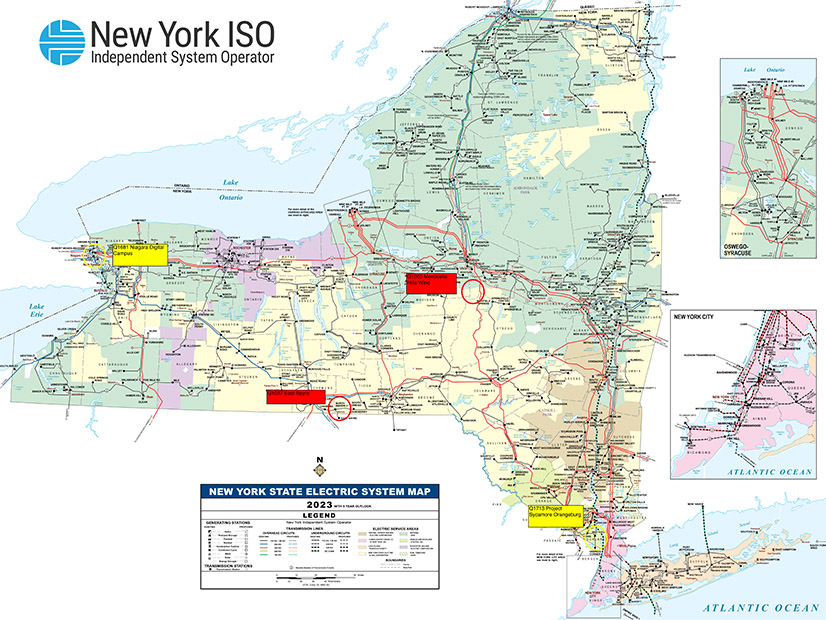The New York Department of Public Service presented a proposal for updating the method by which NYISO determines peak load hours to the ISO’s Installed Capacity Working Group on Oct. 29.
The change would not affect the capacity market load forecast or installed reserve margin and is only being proposed for transmission owners’ capacity obligations to load-serving entities.
Chris Graves, chief of utility programs for the DPS Office of Regulatory Economics, explained that the department was recommending using the top 10 New York Control Area coincident peak load hours on non-holiday weekdays in July and August. This approach would provide a better allocation of capacity costs to LSEs and a more representative rate for retail customers, he argued.
“I want the demand side of the market to understand what hours are important so they can make decisions on how much capacity they want to be buying,” Graves said.
In most years, based on historic data, the top 10 hours will occur on three or more days. In situations where the top 10 hours occur in two days, all zones tend to peak at the same time. Graves said that if the ISO is forced to always use the top three days, rather than just the top 10 hours, the weight of the peak would be diluted, and the peak hours might not be representative.
The effort to identify more peak load hours dates back to at least 2021 when NYISO was considering expanding to more peak load hours so that TOs could use the information when allocating load obligations to generators and other LSEs in the capacity market.
Current practice only identifies the peak hour using reconstituted load data. This means that capacity resources that are not visible to NYISO in the real-time market are added back into the peak load hour as part of the load forecasting process.
Graves said that there is currently no adjustment to add back generation from resources not participating in the wholesale market, like rooftop solar or municipal generators.
In July 2021, NYISO recommended using the coincident peak load from the highest hour of the top three unique peak load days on non-holiday weekdays in July and August using actual load data.
Stakeholders, squinting at dense slides, voiced some skepticism. One stakeholder asked whether this was just making determination of peak hours more complex than necessary.
“Wouldn’t incentives be better if we set capacity accreditation factors in advance so people know what they are? If we set the weighting factors in advance, wouldn’t that improve incentives for load?” they asked.
Graves said it could improve incentives, but he wasn’t sure if it was cost-causative because the weightings change depending on the load shape.
Amanda De Vito Trinsey of Couch White, representing the large customer association Multiple Intervenors, said the group was “fiercely opposed” to the proposal.
Another stakeholder said that a straight average of 10 hours of load would “destroy the incentive to care about the actual peak” because averaging of that length of time would dilute the load.
“We got this yesterday morning, and we’ve been talking a bit, trying to noodle through this … but it seems like more work needs to be done,” they said.



